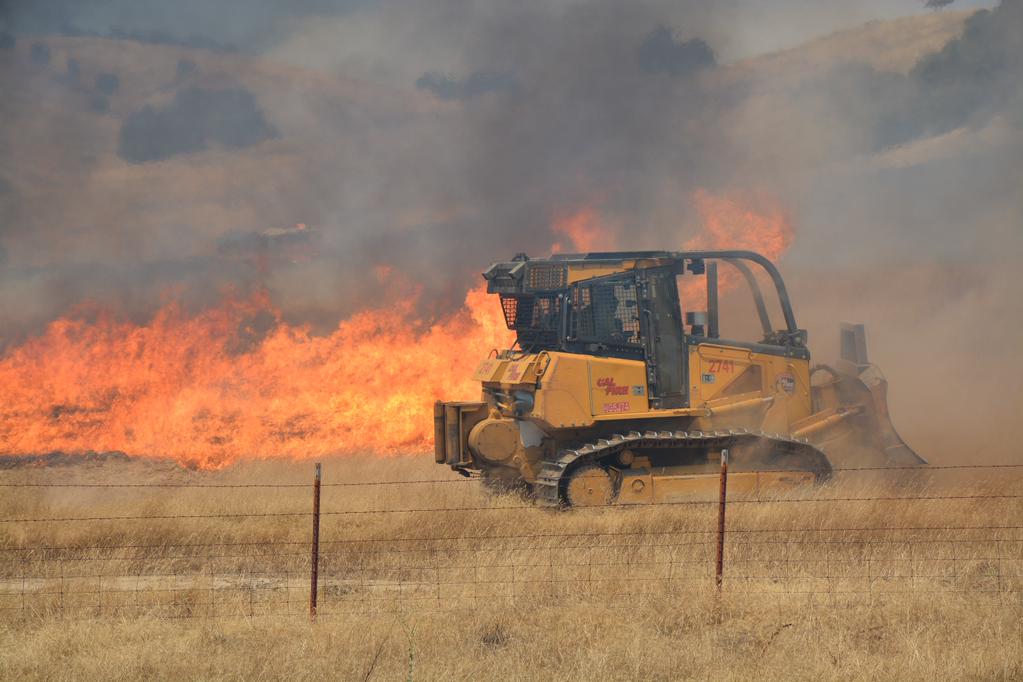Above: The Elk Hill Fire. Inciweb photo (undated)
(UPDATED at 10:13 a.m. MDT April 12, 2016)
The Elk Hill Fire in northwest Montana remains at about 1,086 acres with no significant growth yesterday, according to the Lewis and Clark National Forest.
Tuesday fire personnel will focus on tying the fireline into the old fire area (from 11 years ago) and the existing trail system on the north end. A Type 2 hand crew going into the fire today will focus on mop-up activities on the south end of the fire.
The forecast calls for some precipitation to reach the fire Wednesday night and Thursday, which could help suppression efforts.
****
(Originally published at 4:23 p.m. MDT April 11, 2016)
Smokejumpers from three bases made their first jumps this year onto a real fire Sunday in the Lewis and Clark National Forest. The eight jumpers from Missoula, West Yellowstone and Grangeville departed from Missoula to help suppress the fire that has been burning since Saturday near Lower North Fork Sun River southeast of the Forest Service cabin on Cabin Creek.
Much of the fuel being consumed is grass and downfall within the footprint of the 2005 Hazard Lake Fire. Kathy Bushnell, spokesperson for the Forest Service, said the fuel moisture in some locations is more like what you would see in mid-summer — very dry.
About 40 people are assigned to the fire along with one Type 1 helicopter and two Type 2 helicopters.


The Elk Hills Fire is 33 miles west-southwest of Choteau and 73 miles west-northwest of Great Falls.






